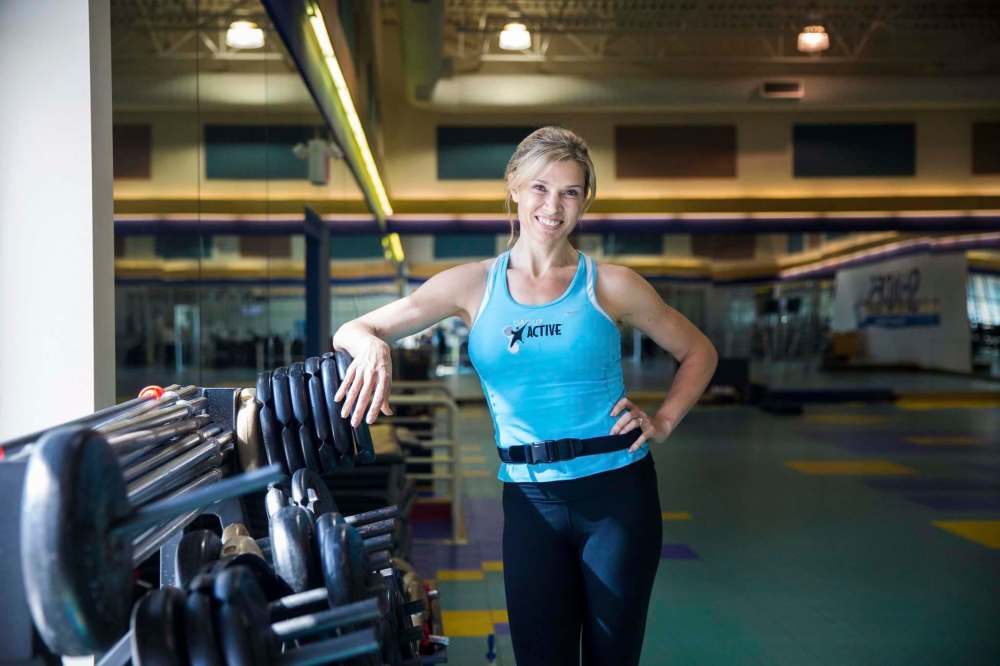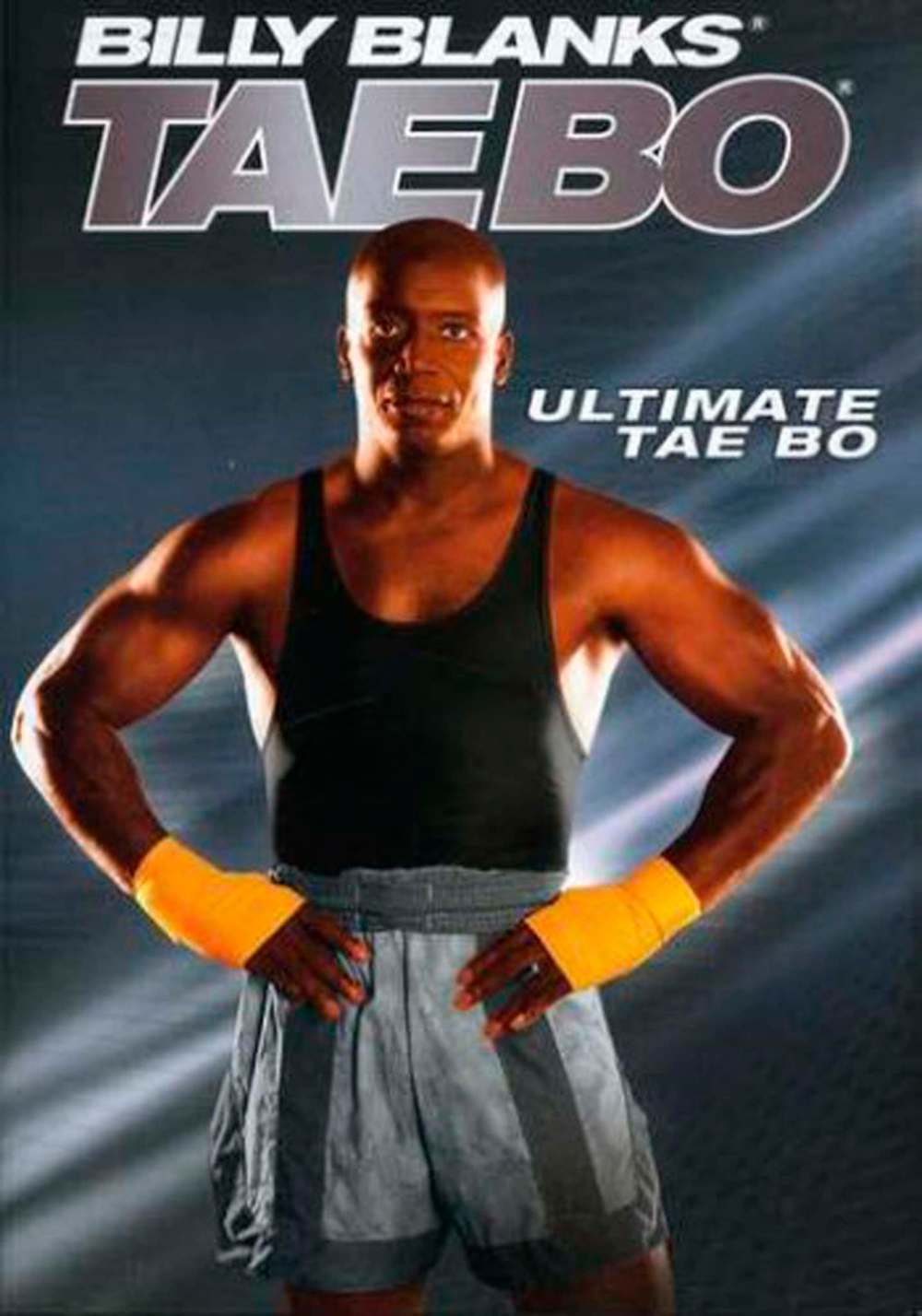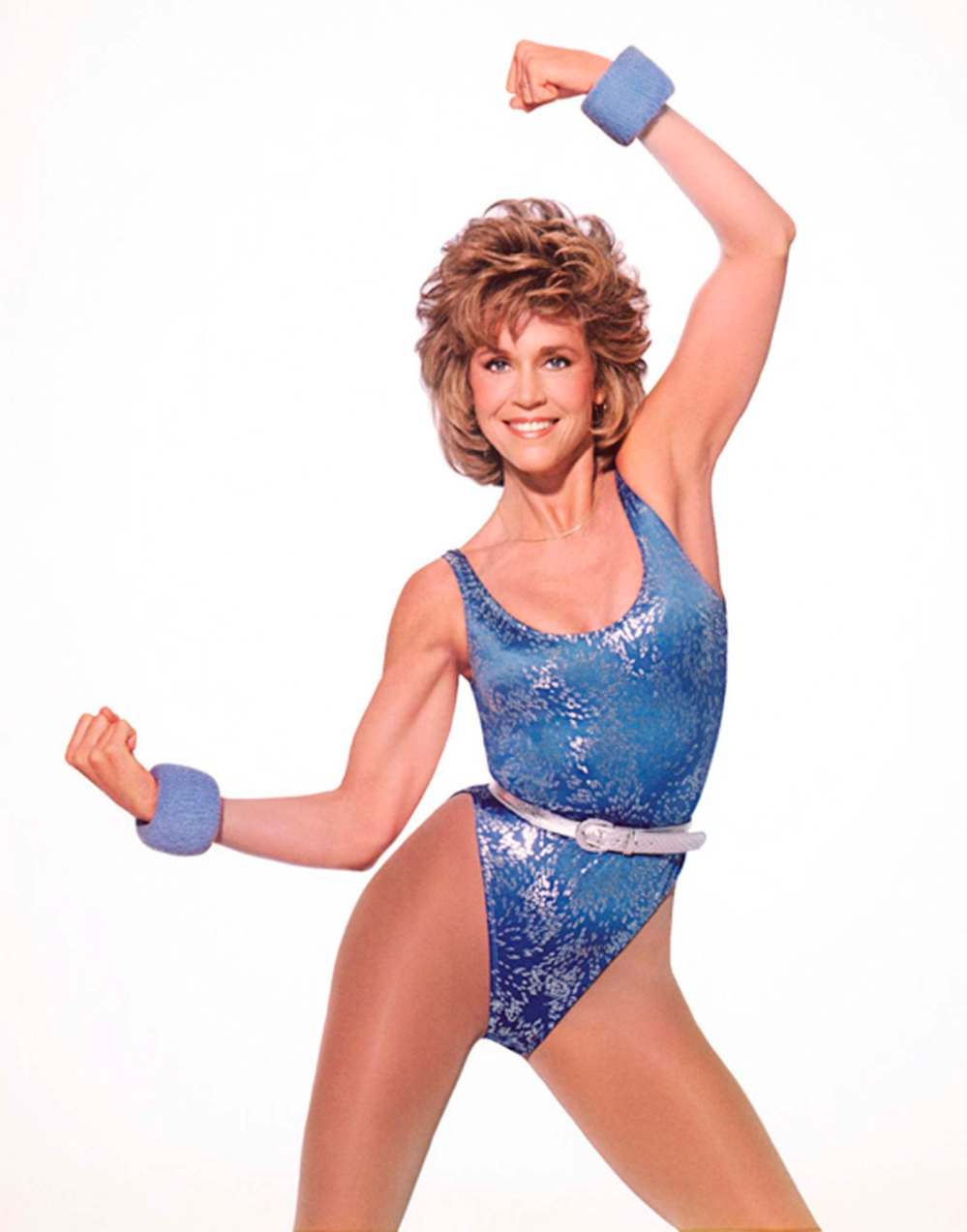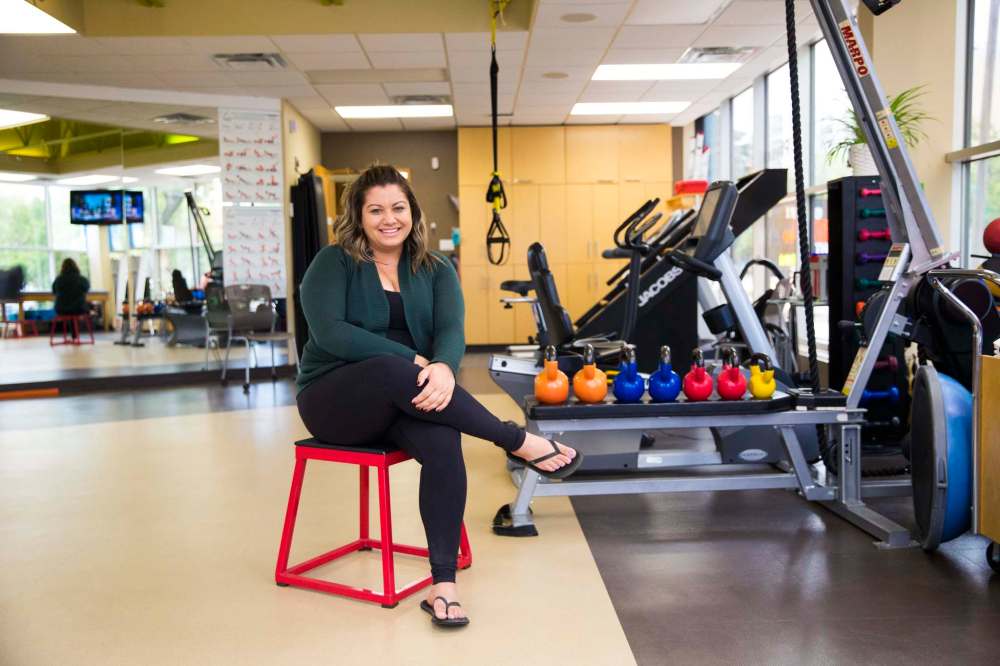Let’s get physical
Leotards and legwarmers are out, but there's no shortage of new fitness trends to take their place
Advertisement
Read this article for free:
or
Already have an account? Log in here »
To continue reading, please subscribe:
Monthly Digital Subscription
$0 for the first 4 weeks*
- Enjoy unlimited reading on winnipegfreepress.com
- Read the E-Edition, our digital replica newspaper
- Access News Break, our award-winning app
- Play interactive puzzles
*No charge for 4 weeks then price increases to the regular rate of $19.00 plus GST every four weeks. Offer available to new and qualified returning subscribers only. Cancel any time.
Monthly Digital Subscription
$4.75/week*
- Enjoy unlimited reading on winnipegfreepress.com
- Read the E-Edition, our digital replica newspaper
- Access News Break, our award-winning app
- Play interactive puzzles
*Billed as $19 plus GST every four weeks. Cancel any time.
To continue reading, please subscribe:
Add Free Press access to your Brandon Sun subscription for only an additional
$1 for the first 4 weeks*
*Your next subscription payment will increase by $1.00 and you will be charged $16.99 plus GST for four weeks. After four weeks, your payment will increase to $23.99 plus GST every four weeks.
Read unlimited articles for free today:
or
Already have an account? Log in here »
Hey there, time traveller!
This article was published 26/08/2019 (2260 days ago), so information in it may no longer be current.
Remember Suzanne Somers’ Thighmaster, which promised to make it easy to “squeeze, squeeze your way to shapely hips and thighs”?

What about Jazzercise, 8-Minute Abs, Bowflex, Gazelle Glider, P90X and Tae Bo, just a few of the fitness fads to burst onto the scene over the years?
While our intention to exercise and live better hasn’t necessarily changed, fitness trends over the last 30 years have, with new workout methods and high-tech activity trackers being the next big things. You know, until the next big thing.
We are inundated with opportunities to exercise — you can do yoga in a hot room, ride a bike in a spin studio or join a bootcamp at your local gym.
Over the years, we’ve been flooded with infomercials for the latest and greatest exercise methods and programs: Jack LaLanne marketed exercise equipment and his self-branded power juicer; Jane Fonda was renowned for her aerobics home workouts; and fitness-expert-turned-celebrity Richard Simmons’ Sweatin’ to the Oldies videos became forever etched in our minds.
In 1988, Hal Johnson and Joanne McLeod prompted Canadians to be more active with BodyBreak, a series of 90-second television snippets dedicated to helping its audience “keep fit and have fun.”

The married couple remains just as dedicated to healthy living: BodyBreak is now a multimedia company providing information on everything from exercise tips to lifestyle changes to recipes; the two speak at conferences and corporate events across Canada.
According to Johnson, from a workout perspective, elevating your heart rate is just as important as it was 30 years ago, whether that’s going for daily walks or weightlifting in the gym. But what has changed is technology.
“Fitness has made leaps and bounds from a technological aspect. We have more tools today,” says Johnson, reached at his Toronto home. “The biggest thing (with fitness) is we’ve gamified it.”
He says apps like My Fitness Pal and devices such as an Apple Watch or FitBit can be game-changers, as they’re good ways to understand what you’re eating and how you’re exercising.
“All of these new trends are great, but doing something simple with a friend, like going for a walk or a group fitness class, can not only help you physically but also socially and mentally.”– Hal Johnson
“All of these new trends are great, but doing something simple with a friend, like going for a walk or a group fitness class, can not only help you physically but also socially and mentally,” Johnson says. “Years ago, we didn’t think about mental health like we do now.”
Through the decades, a few things have remained the same — whether you want to build endurance, combat anxiety, improve memory, build endurance, or strengthen bones and muscles, physical activity is key.
Let’s rewind to 1968, the year Dr. Kenneth H. Cooper, widely recognized as the father of the modern fitness movement, released his book Aerobics. Cooper introduced the concept of aerobic exercise and supported the philosophy of disease prevention rather than disease treatment.
Around that same time, a trained dancer named Jackie Sorensen took Cooper’s aerobics program and added music, creating one of the most influential fitness movements in modern history — aerobic dance. It contained highly choreographed routines that blended the benefits of exercise with the fun of dancing.
By the early 1980s, the fitness craze was massive. It even infiltrated pop music via Olivia Newton John’s 1981 smash hit Physical. The music video turned her workout headband and spandex into must-have fashion accessories.

The following year, actress Jane Fonda started an exercise revolution with Jane Fonda’s Workout. The video featured Fonda performing various exercise routines and encouraging viewers by telling them to “feel the burn” and “no pain, no gain.”
“We rehearsed a few days, made some mistakes, did our own hair and makeup, had one camera and figured it was no big deal,” Fonda wrote in a 2012 blog post. “Was I wrong! I don’t remember exactly when I realized that, in spite of myself, this little workout video had given birth to a new industry.”
And just like that, 17 million copies of the video were sold. It was the first of more than 20 exercise videos Fonda would produce throughout the 1980s and ’90s.
Janine Coughlin, fitness manager at Shapes Fitness Centre in Winnipeg, says fitness classes have come a long way since the rise of Jane Fonda.
“It used to be a lot of high-impact, highly choreographed, complex classes with long patterns of movements,” Coughlin says. “There was a lot of impact without consideration for creating balance.”
Coughlin, who’s been taking fitness classes for 25 years and teaching them for 15, says the focus back then was different.
“You ended up with ladies who would be slim because they did a lot of cardio but didn’t have a lot of muscle,” she says. “They would also end up with feet or hip problems because of the impact that aerobics brought,” she says.

Today’s step aerobics classes, Coughlin says, focus more on functional fitness for everyday life.
“These classes now incorporate lunges, squats, burpees and all kinds of things that we never dreamed of throwing into a cardio class 30 years ago,” she says.
Coughlin currently teaches 21 classes each week, ranging from step aerobics to yoga and Pilates. She says today’s fitness programs are more well-rounded and focus on both strength and cardio, as well as flexibility and injury prevention.
“What we do today is better for the body as far as improving your actual health and fitness,” she says. “We were always told to do cardio because it’s going to make you small and that’s all we cared about.
“And then we realized we had an entire generation of women that were more likely to be put in an old-age facility because they couldn’t move their own body weight. All of that is preventable,” Coughlin says.
Strength training is a key component of overall health and fitness and provides an important balance to aerobic workouts.
Government of Canada research shows that half of functional decline between the ages of 30 and 70 is due not to aging, but to an inactive way of life. Strength training is a key component of overall health and fitness and provides an important balance to aerobic workouts.
Thirty years ago, lifting weights was primarily the domain of male bodybuilders and avid gym-goers. Women were rarely seen doing shoulder presses or bicep curls.
But in the early 2000s, weights were introduced into group fitness classes. Combining basic exercises such as squats, deadlifts and bench presses, these classes became an efficient way to deliver the benefits of strength training and cardio.
“I think because these classes brought the barbell and weights to women in a group setting, it really made it seem like ‘OK, we can lift weights, this is good for us and we should be doing it,’” Coughlin says. “And now we have women of all ages lifting weights. They do it because they can.”
The Canadian Physical Activity Guidelines for Adults says it’s beneficial to add muscle- and bone-strengthening activities using major muscle groups at least two days per week.

Megan Pomarensky, a certified athletic therapist with Empowerment Rehab and Training in Winnipeg, says she has seen a big shift in exercise goals.
“We’re not looking to just necessarily tone up certain muscles like some of those workouts in the past,” she says. “Now, we’re talking more full-body function.”
She says there’s a lot more emphasis today on safe and effective workouts.
“We’ve really shifted from working out until you can’t walk for two days or throwing up to know you got a great workout,” she says. “A lot of that has come through education.”
Pomarensky says popular workouts such as bootcamps or CrossFit have a weight-training focus.
“There’s still a place for group aerobics classes, because there’s a benefit from a mental health and socialization aspect, but it shouldn’t be the only place we end up,” she says. “Cardio and heart health can be done with strength training, too.”
She also believes gym accessibility has played a significant role.
“There’s more opportunity (for workouts) with so many smaller, boutique gyms opening up,” she says. “I’m even seeing people doing bootcamps in Assiniboine Park and yoga-in-the-park events.”
The leg warmers and VHS tapes may be long gone, but the philosophy around physical activity remains the same. And while there’s always room for improvement, Pomarensky says gym culture is moving in the right direction.
“I think it has changed to be more inclusive in the sense that it’s not just athletes or just about weight loss anymore. People are going to the gym because they want to feel good, learn something new or do something different,” she says. “Exercise is about celebrating what our bodies can do.”
sabrinacarnevale@gmail.com


Sabrina Carnevale is a freelance writer and communications specialist, and former reporter and broadcaster who is a health enthusiast. She writes a twice-monthly column focusing on wellness and fitness.
Our newsroom depends on a growing audience of readers to power our journalism. If you are not a paid reader, please consider becoming a subscriber.
Our newsroom depends on its audience of readers to power our journalism. Thank you for your support.

